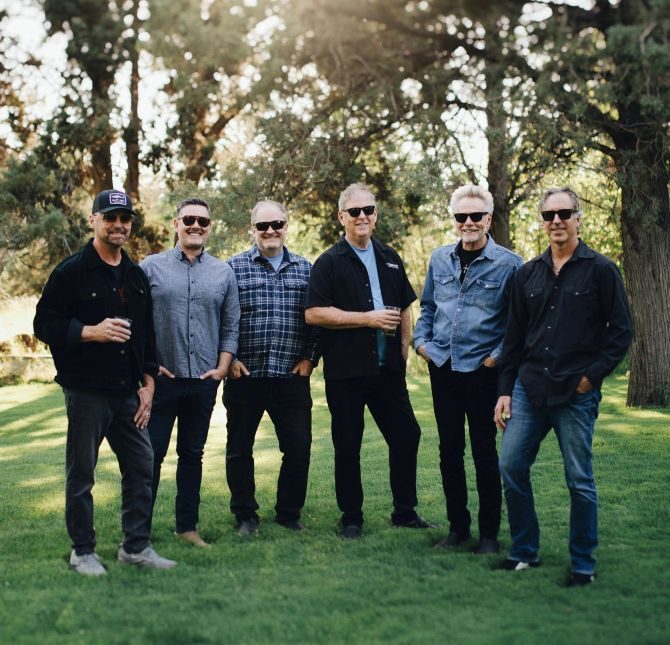Yellowstone books offer insight
Published 5:00 am Wednesday, April 17, 2013
If you think Yellowstone National Park is an interesting place to visit now with its spouting geysers, burbling mud pots and variety of wildlife, consider what it must have been like to tour the region in 1883.
Readers can gain insight to that perspective by picking up a copy of the soon to be published book “Yellowstone, Land of Wonders: Promenade in North America’s National Park.” The book is a translation of a travelogue written by Jules Leclercq, of Belgium. It is due to be released in May.
“Land of Wonders” is one of three books recently released on Yellowstone National Park that can provide summer travelers to the area with a greater appreciation of the region’s history, travel opportunities and environmental issues. Here’s a breakdown on the titles.
“Yellowstone, Land of Wonders” (University of Nebraska Press, $29.95)
Longtime Yellowstone chronicler Janet Chapple, with the help of translator Suzanne Cane, resurrected Leclercq’s writings about Yellowstone, which had never been translated into English.
Leclercq took a 10-day tour of the park on horseback, recording his musings and observations along the way. He wrote of arriving at Old Faithful geyser, Yellowstone’s most popular feature, “If there are more alluring places in the world, there certainly are none stranger or more fantastic. … The Ancients would have placed Vulcan’s laboratory in this basin where the earth covers a sea of boiling water; Dante would have seen here one of his circles of Hell.”
Even at that early date vandals had already left their mark on the geyser’s cone and chipped out pieces of the structure, prompting Leclercq to write: “… it takes but one minute for irreverent hands to disfigure the work of thousands of years.”
Chapple and Cane began working on the translation in 2007. Originally, Chapple said she intended to use only part of the travelogue in a Yellowstone anthology of early writings that she is compiling. That changed as she delved into Leclercq’s work.
“I just found that it was so interesting and well written,” she said. “I love learning about Yellowstone. It’s my place.”
Chapple and Cane will be giving readings and talking about Leclercq in Yellowstone this summer. On June 27, they will be at the Mammoth Hotel for a talk at 8:30 p.m. On June 29, they will be at the Old Faithful Inn, although no time has yet been set.
“National Geographic Secrets of the National Parks: Experts’ Guide to the Best Experiences Beyond the Tourist Trail” ($22.95)
With vivid color photographs and details on Yellowstone, Glacier and Grand Teton, to name a few, this book is a handy pre-trip planner for travelers. Basic maps are included with points mentioned marked on the maps to make getting to the sites easier.
In Yellowstone, some of the places highlighted include the Lewis River channel between Shoshone and Lewis lakes, a popular canoeing route. “The channel is renowned among fishermen for the autumn spawning run of brown trout,” the book noted.
People familiar with the park may not find any new insights about Yellowstone, but it may provide a starting point for trips to the other 31 national parks included.
“Protecting Yellowstone, Science and the Politics of National Park Management” by Michael J. Yochim (University of New Mexico Press, $55)
A former Yellowstone employee, Yochim’s book examines some of the most controversial issues facing the park and how they have been dealt with by the park’s managers.
“… the book hopes to answer the following questions:,” he wrote in the introduction. “what are the primary influences upon contemporary national park policy making, how do they function in the public policy process, and how may park managers best work within their contemporary policy-making context to preserve the national parks?”
Some of the issues Yochim examines include the reintroduction of wolves, bison management and winter use — all hugely controversial topics that transcend local politics. He noted that park managers – their ideas and ideals — have influenced what decisions were made.
Despite the many challenges facing park officials on controversial issues, Yochim wrote that “… ultimate policy success and resource protection seem possible for most issues, given the long-term vision park managers have. Ultimately, the parks exist in a political world, something park managers have long recognized and a situation about which they are developing more and more expertise.”








